 Name of Product: Weil-McLain Ultra Series Gas Boilers
Name of Product: Weil-McLain Ultra Series Gas Boilers
Units: About 16,000
Manufacturer: Weil-McLain, of Michigan City, Ind.
Hazard: These boilers were manufactured for use with natural gas, but could have a blue tag incorrectly indicating to installers that they are intended for use with LP (propane) gas. If an installer connects one of the boilers to LP gas without installing a propane conversion kit, carbon monoxide (CO) can build up due to incomplete combustion, posing a risk of CO poisoning.
Incidents/Injuries: Weil-McLain is aware of one incident where two consumers reported CO poisoning when the boiler installed in their home was connected to LP gas.
Description: The recall involves Weil-McLain Ultra 80, Ultra 105, Ultra 155, Ultra 230 and Ultra 310 condensing, high-efficient, gas-fired boilers for space heating. The user’s manual and installation manual have “Ultra Gas-Fired Water Boiler” on the cover. The boilers are wrapped in a glossy silver/flat black jacket and either stand on the floor or are wall-mounted. The serial numbers range from CP5071716 through CP5327000. When the panel on the front of the boiler is removed, a bar-coded label with the serial number is located on the lower right hand side of the boiler itself. “Weil-McLain” is written on the front panel of the boilers.
Sold by: Plumbing and heating wholesale distributors to plumbers and contractors nationwide from May 2005 through July 2006 for between $4,000 and $7,000.
Manufactured in: United States
Remedy: Consumers who had a Weil-McLain Ultra series boiler installed for use with propane and have not already been contacted by their installer should contact the installer or a heating professional for a free safety inspection. If the boiler was not installed with a propane conversion kit, one will be installed at the time of the inspection at no charge. Heating professionals may contact Weil McLain Technical Service at (219) 879-6561 for more information.
Consumer Contact: For more information, call Weil-McLain toll-free at (866) 426-6172 between 8 a.m. and 4 p.m. CT Monday through Friday, or visit the firm’s Web site at www.weil-mclain.com
See this recall on CPSC’s web site, including pictures of the recalled product

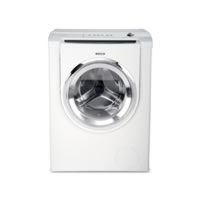
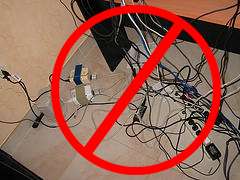


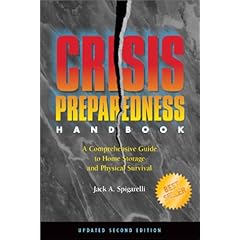


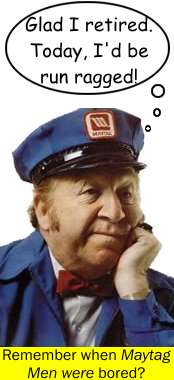 The first call was for help with the installation of the shelves in the freezer. The instruction manual did not make it clear (and it does seem counterintuitive) that small pieces of plastic must be broken in order to make the shelves fit in the freezer. The serviceman helped with the shelves and ordered a new set of clips to hold the kickplate that was loose because of a broken clip. (It seems it was broken at the time of delivery.) We should have seen what was coming…
The first call was for help with the installation of the shelves in the freezer. The instruction manual did not make it clear (and it does seem counterintuitive) that small pieces of plastic must be broken in order to make the shelves fit in the freezer. The serviceman helped with the shelves and ordered a new set of clips to hold the kickplate that was loose because of a broken clip. (It seems it was broken at the time of delivery.) We should have seen what was coming…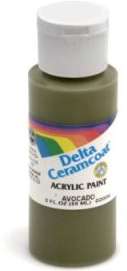

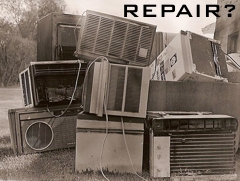 With summer heat and
With summer heat and 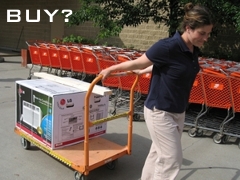 For central air conditioners, filters are generally located somewhere along the return duct’s length. Common filter locations are in walls, ceilings, furnaces, or in the air conditioner itself. Room air conditioners have a filter mounted in the grill that faces into the room.
For central air conditioners, filters are generally located somewhere along the return duct’s length. Common filter locations are in walls, ceilings, furnaces, or in the air conditioner itself. Room air conditioners have a filter mounted in the grill that faces into the room. Hey, I didn’t put those words together in the first sentence of this Orlando Sentinel article entitled
Hey, I didn’t put those words together in the first sentence of this Orlando Sentinel article entitled